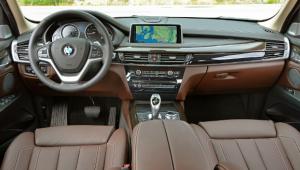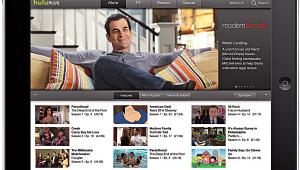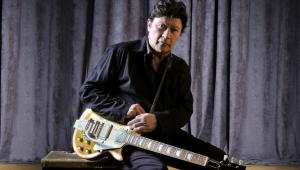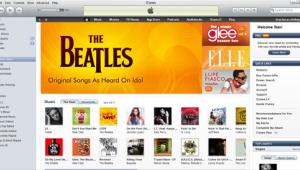The main unit is the Crestron Adagio Entertainment System (AES), which can handle up to 10 separate sources, including up to three dual-tuner card modules that load into slots in the AES chassis.
Crestron Adagio Entertainment System Page 2
| The Short Form |
| Price $13,600 (AS TESTED) / crestron.com / 800-237-2041 |
| Snapshot |
| The easiest audio distribution system we've ever installed, with formidable power and pedigree to take you way beyond music. |
| Plus |
| •Incredibly easy installation •iPod-like APAD interface •Ability to browse your iPod or satellite tuner from any controller •Full system control from AES main unit •Crestron Series 2 processor for future expansion |
| Minus |
| •Amp may lack power for large rooms or high playback levels •Minimal buttons on APAD means hunting through screens |
| Key Features |
| •Ten-source capacity •Six listening zones, expandable to 24 •Options for XM, Sirius, iPod playback •Crestron Series 2 processor •AES: 7.4 x 17.1 x 18.5 in; 43 lbs •AAS: 4 x 17.3 x 14.5 in; 18.8 lbs |
The system is so simple to set up that it comes packed with a 10-step quick-start guide, but to make sure there were no hiccups, Crestron had one of its techs deliver mine and walk me through the install. The entire setup, from unpack to playback, took less than an hour, with much of that time filled with me asking questions. Amazing!
PERFORMANCE Most audio distribution controllers are buttonless black boxes - the only way to initiate any command is with external controllers. But the AES looks more like an A/V receiver and would be just as at home in a living-room rack as in an equipment closet. With its large silver knobs and green, backlit buttons, it not only looks cool but also offers complete control over the system and connected sources. You can easily select one or more rooms for playback, decide on your music source for each, adjust volumes for different zones, browse your music library (using its front-panel display), or turn the system on or off. This extra bit of control was a welcome treat.
Even so, the keypad is the primary control interface for any distributed audio system, and the system's success or failure usually lies therein. The APAD controller does a first-rate job. It fulfills the most critical requirement for next-gen keypad controllers: displaying artist/album information from the metadata embedded in each song. With so much music coming from disk-based servers (iPod or other) or satellite radio these days, this feature is no longer merely cool - it's necessary. Whether I was browsing the server, an iPod, or satellite radio channels, the APAD told me everything I needed to pick the songs I wanted.
In designing the APAD, Crestron clearly looked at the success of the iPod interface and said, "We can do that!" In fact, I doubt the APAD would look any different were "Apple" silk-screened at the top instead of "Crestron." Besides Power and Enter, it has just four other buttons and a scroll wheel. That's good and bad - it simplifies the keypad and makes it less intimidating, but fewer buttons usually means more hunting through screen menus to get to what you want. Also, the display is limited to two transport commands at a time (such as Play and Pause, or Track Back or Forward). I did love that I could access and control any zone from any keypad.
The iPod is a primary audio source for many people, and Crestron has responded with its CEN-IDOC ($700). This Apple-esque docking/charging cradle supports any late-generation iPod that has connectors on the bottom. Once your Pod is docked, the Crestron logo appears on its screen, and you can browse and retrieve all of your music from the APAD as if the iPod were in your hand. (Photo and video files aren't accessible, though.)
- Log in or register to post comments
























































